Art and Science – A Rendezvous
Will truth prevail or the aesthetics reign? Art and Science—how does one draw the line? The general education module The Art of Science, the Science of Art seeks to demystify the boundary between a work of science and a work of art by examining the crossroads between the two.
Students learn how science and technology have caused a paradigm shift in artistic expression and understanding of art pieces as well as how art could be leveraged for engineering design and communication of scientific knowledge. The use of materials and technology related to architecture, sculpture, painting, photography and imaging are also explored.
To allow students an avenue to express their inner thoughts and turn them into concrete visual art pieces, an exhibition is held for students to showcase their creative experimentation near the end of every second semester. Students could attempt any form of visual art expression such as drawing, painting, modelling, photographing, sculpturing and videoing so as to elicit a belief, consciousness, concept, feeling or notion, drawing from their own reality and preference.
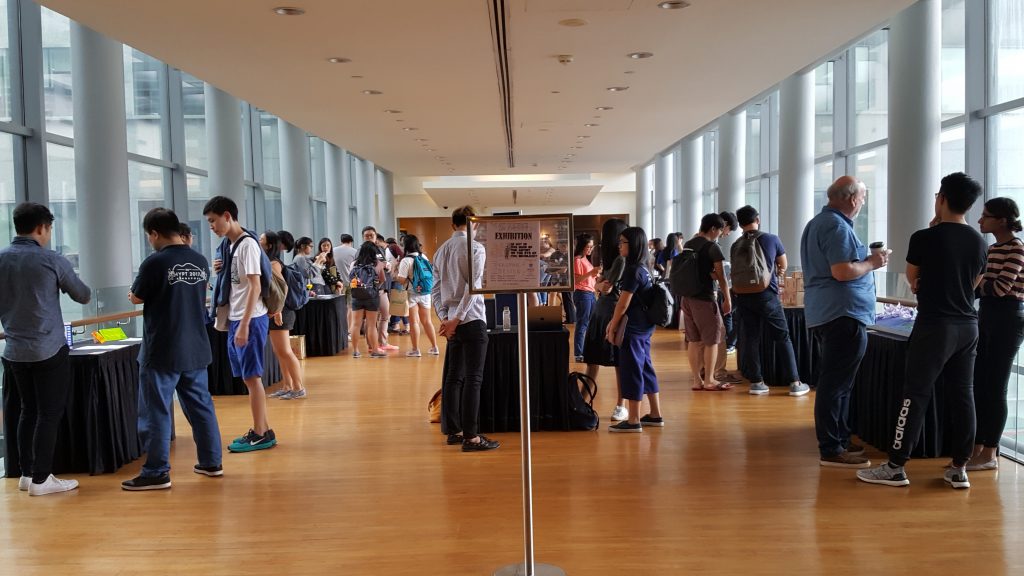

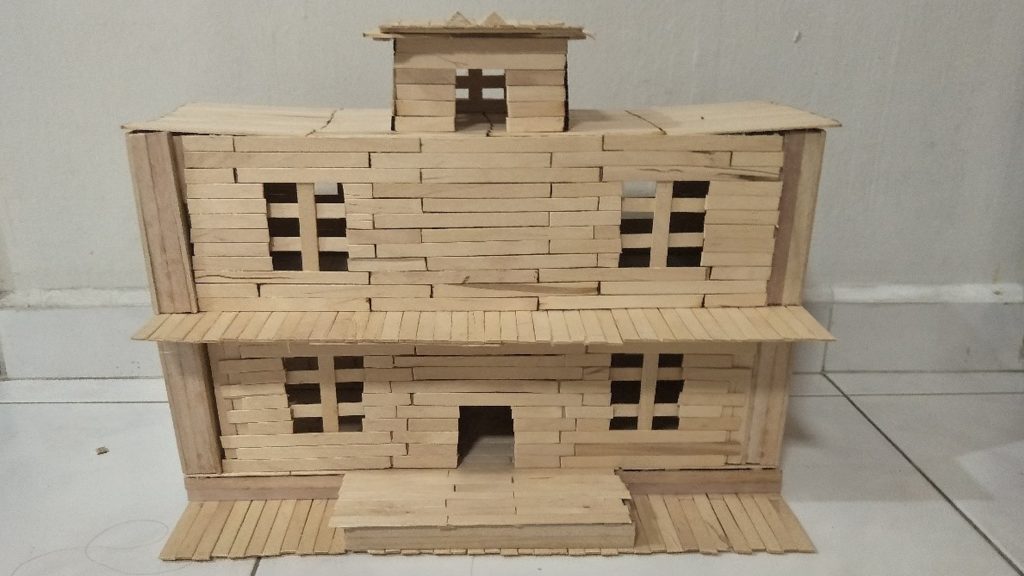
This year’s exhibition took place at the link bridge of the University Hall on 19 April. For second-year undergraduate Miss Gan Yong Ting, the project proved to be an unforgettable learning experience. It was her first attempt at creating a 3D model of a dream house. The real estate student remarked, “My first impression of real estate is just buildings, houses, the concept of home and family. When I started this project, I began thinking about how to make a stable house. I learn that patience is a main thing. The structure is important and the foundation is key to make the model building stand.”
Besides being a formal assessment of the module, it is hoped that through making their own art pieces, students will appreciate visual art at a deeper level. Indeed anyone attending the exhibition would witness the ingenuity of students as they brought their ideas into fruition. From the layered acrylic painting of a galaxy to the impression of batik on newspaper print, each exhibit demonstrated an individual’s creativeness and innovation to construct and shape an art piece in accordance to his/her own interpretation of the real world.
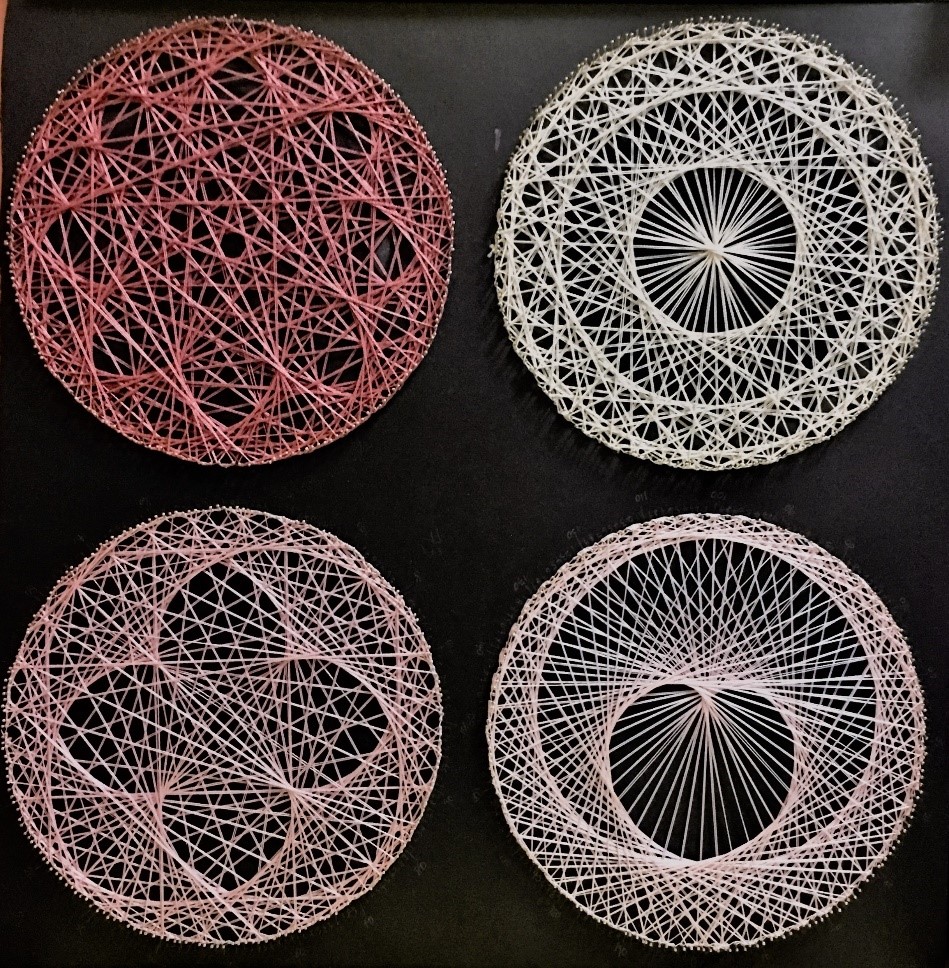
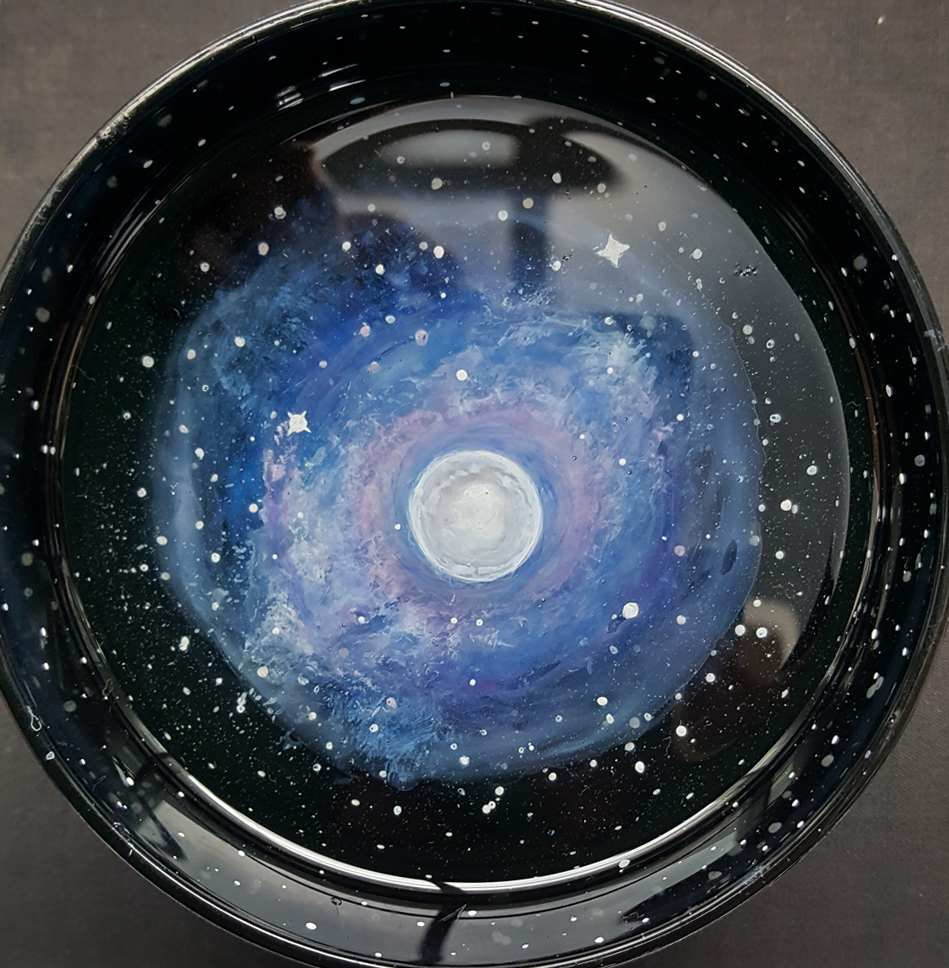
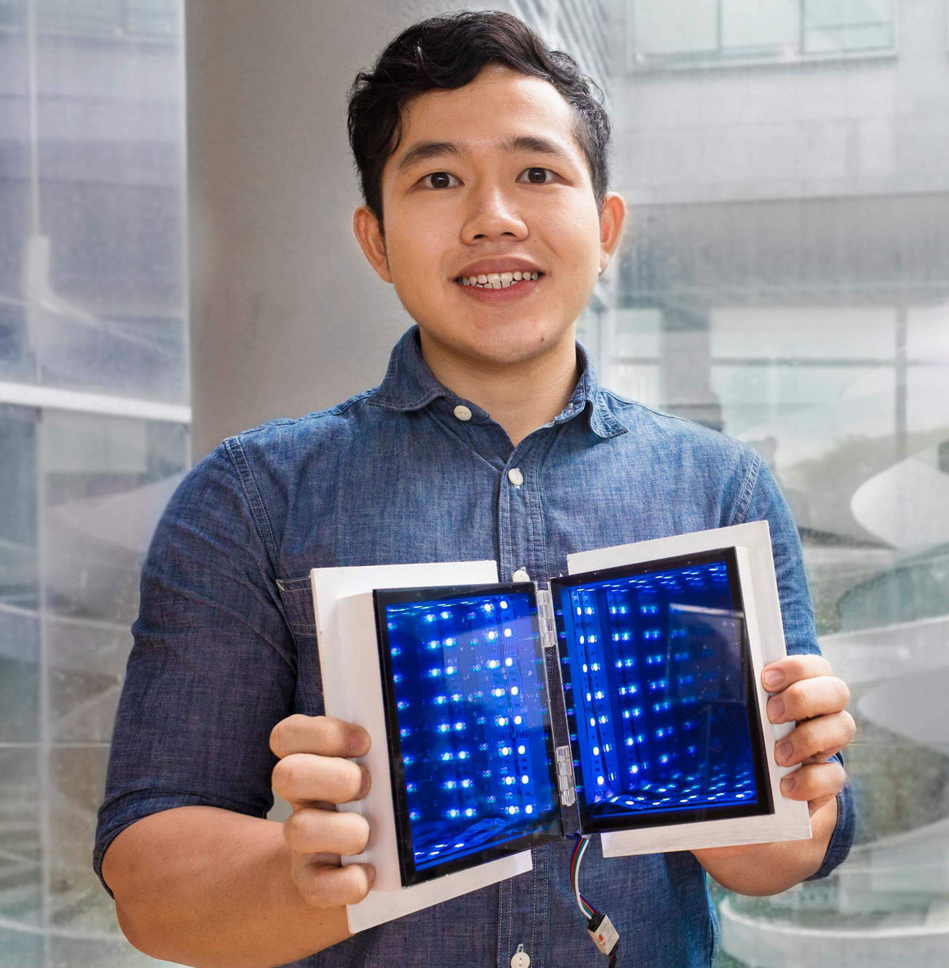
“I am a science student but I do appreciate the arts and I see a lot of confluence between the arts and the sciences,” said Mr Teo Rui Yang, a second-year science undergraduate. “In this module we learned how science can be used to appreciate art and how art can also be used to explain an abstract science concept to a normal lay person. Science can also help to uncover fake art or create art. When I was creating this painting I tried to think of ways to explain scientific concepts to the general public through the lenses of art. Studying the sciences is all about hard facts, all about the truths, just one answer, there’s no left or right. It was during the final term time when I was doing this piece of artwork but I felt so relieved. There isn’t a right or wrong answer, I’m just unleashing my creativity. Whatever I like I just paint on the canvas.”
While science seeks to explain the external reality, art lends an expression for human consciousness. Both approaches are important as human endeavor to understand our universe and life continues, be it through an introspective contemplation or theory and experimentation. Art and science can certainly complement each other, which is clearly the message behind the study of The Art of Science, Science of Art
